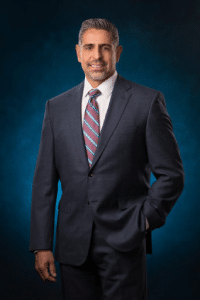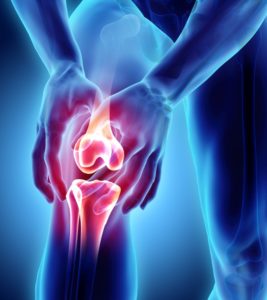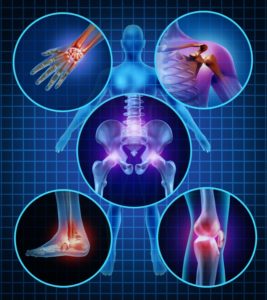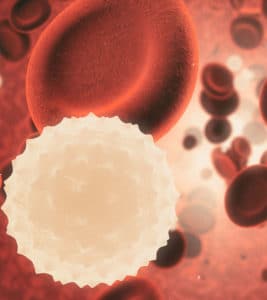Frozen Shoulder (Adhesive Capsulitis)
What is Frozen Shoulder (Adhesive Capsulitis)?
Frozen shoulder, also known as adhesive capsulitis, is a painful condition, which restricts normal shoulder joint movement and causes joint pain. This condition develops when the soft tissue within the shoulder joint begins to thicken and contract from scar tissue formation. In some cases, a “stiff shoulder” can cause progressive loss of shoulder range of motion in multiple directions of movement.
Over time, patients begin to move the shoulder less and less due to the pain. This in turn, leads to increased scar tissue formation, soft tissue contracture, joint stiffness and loss of mobility. This cycle of pain and progressive scarring leads to increased stiffness and relates to the term “frozen shoulder”. The more pain a patient feels, the less likely they are to move the shoulder, thus the vicious cycle continues causing increased scar tissue and soft tissue thickening to progress.
Two types of frozen shoulder:
- Primary Adhesive Capsulitis- Frozen shoulder occurs for no apparent reason, causing slow loss of shoulder motion.
- Secondary Adhesive Capsulitis- Frozen shoulder occurs after shoulder trauma or previous shoulder surgery.
What are the Symptoms of Frozen Shoulder?
Adhesive capsulitis symptoms are divided into three distinct stages:
- “Freezing” stage- Pain at rest and with movement, with a loss of motion.
- “Frozen” stage- Pain lessens but joint remains very stiff.
- “Thawing” stage- Pain is gone and motion improves but is less than normal.
How do you known if you have Frozen Shoulder?
Diagnosis of Adhesive Capsulitis involves many facets. Dr. Natividad will review a patient’s medical history; perform a thorough physical examination, and obtain x-rays and possibly an MRI to determine if the loss of joint function and increased pain are potentially associated with another shoulder condition or injury.
What are the Treatment options for Frozen Shoulder?
The majority of Adhesive Capsulitis cases can be treated non-operatively. Dr. Natividad begins frozen shoulder treatment with a combination of non-surgical measures:
- Anti-inflammatory medications
- Intra-articular cortisone injection
- Physical Therapy for 3 – 6 months as needed
- Heat/Ice
When do you need Surgery for Frozen Shoulder?
If pain and shoulder mobility do not improve after 3 – 6 months of non-surgical treatment, Dr. Natividad may recommend outpatient surgery. The shoulder is manipulated under anesthesia and arthroscopic removal of the scar tissue is performed. This procedure is designed to release the tight areas within the joint to restore range of motion. A progressive physical therapy program is started immediately after undergoing surgery for frozen shoulder in order to maintain full shoulder motion, joint function and to prevent scar adhesions and contracture from occurring again.













